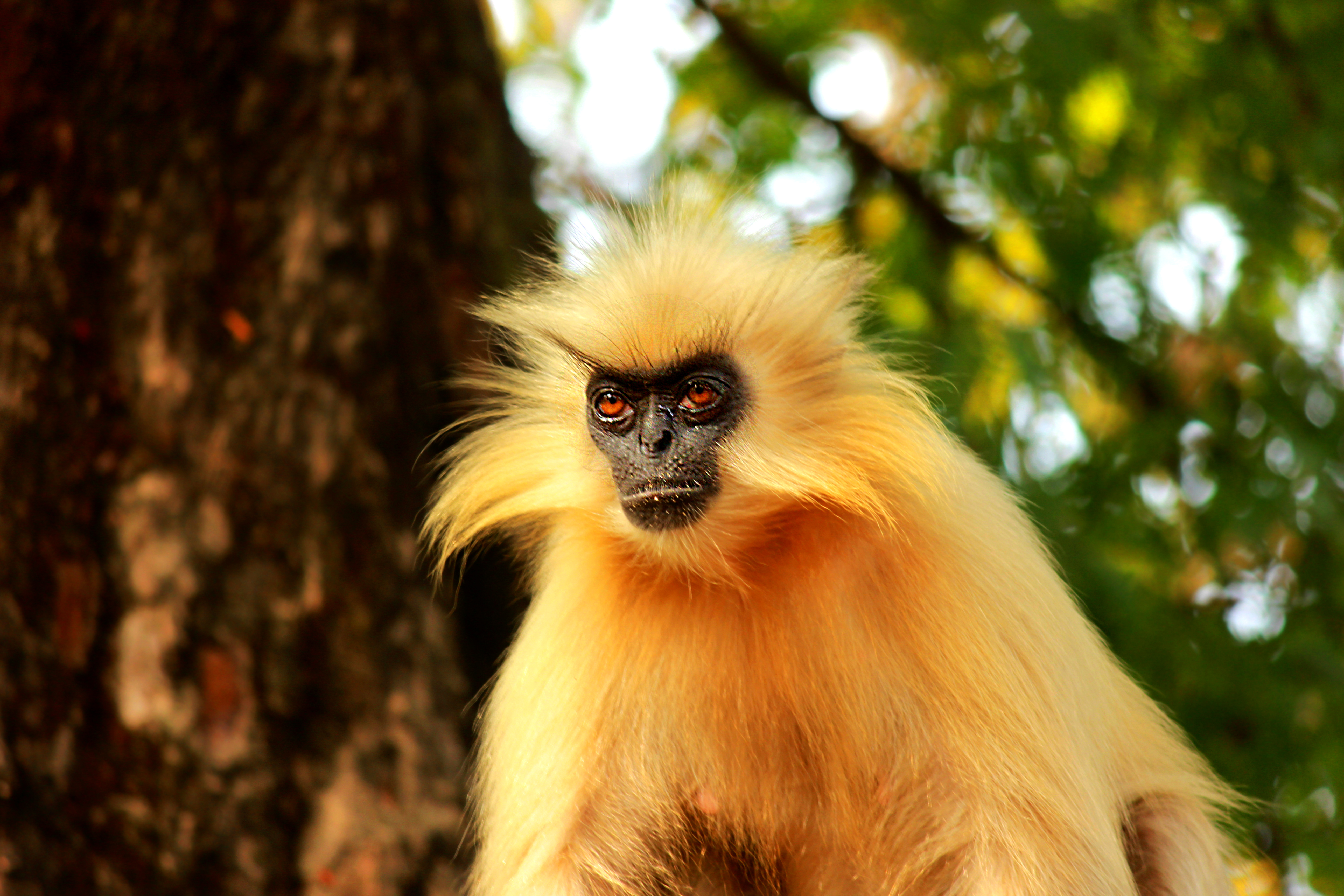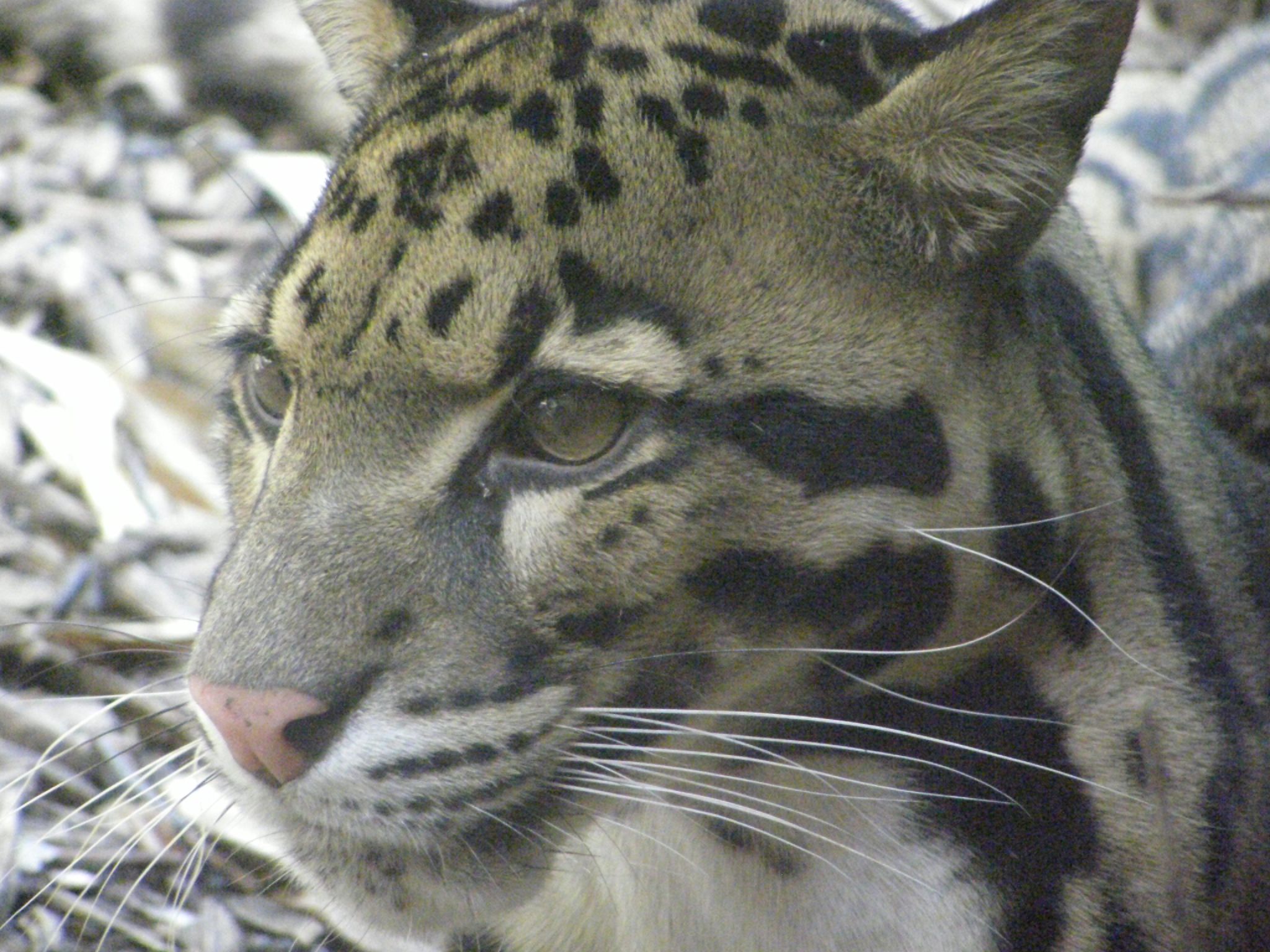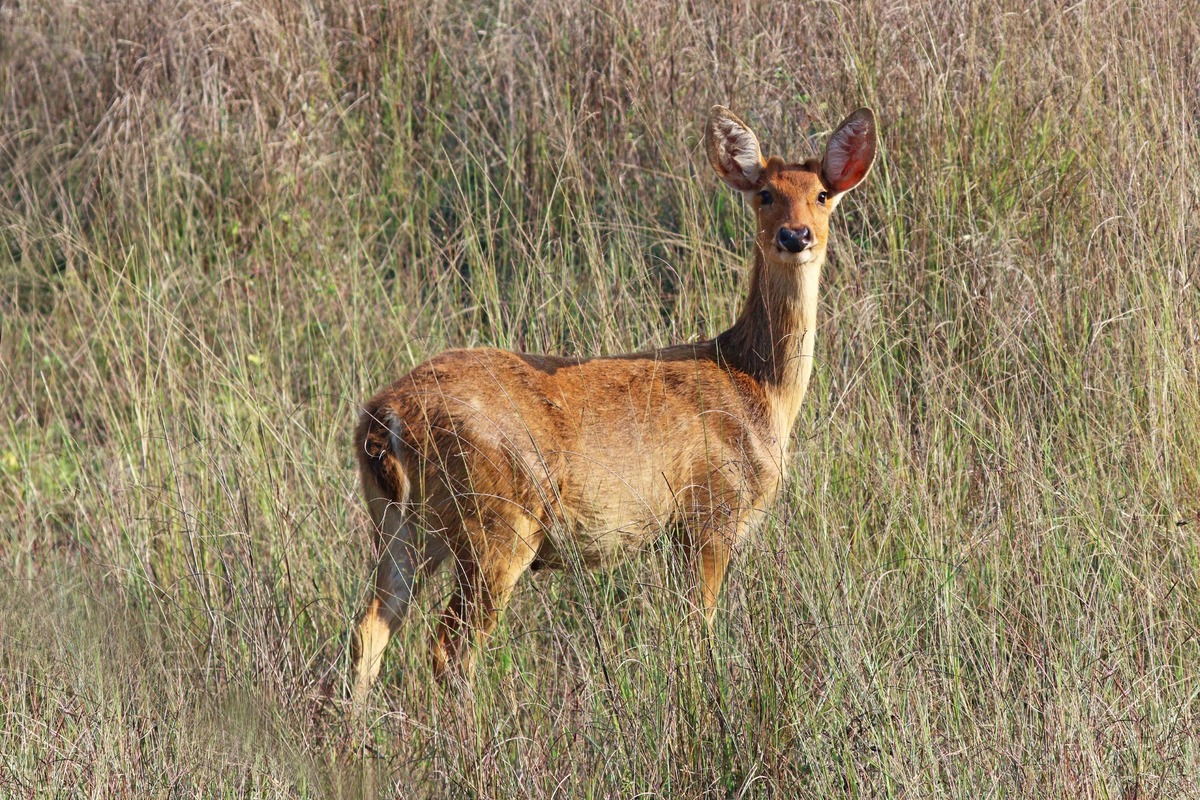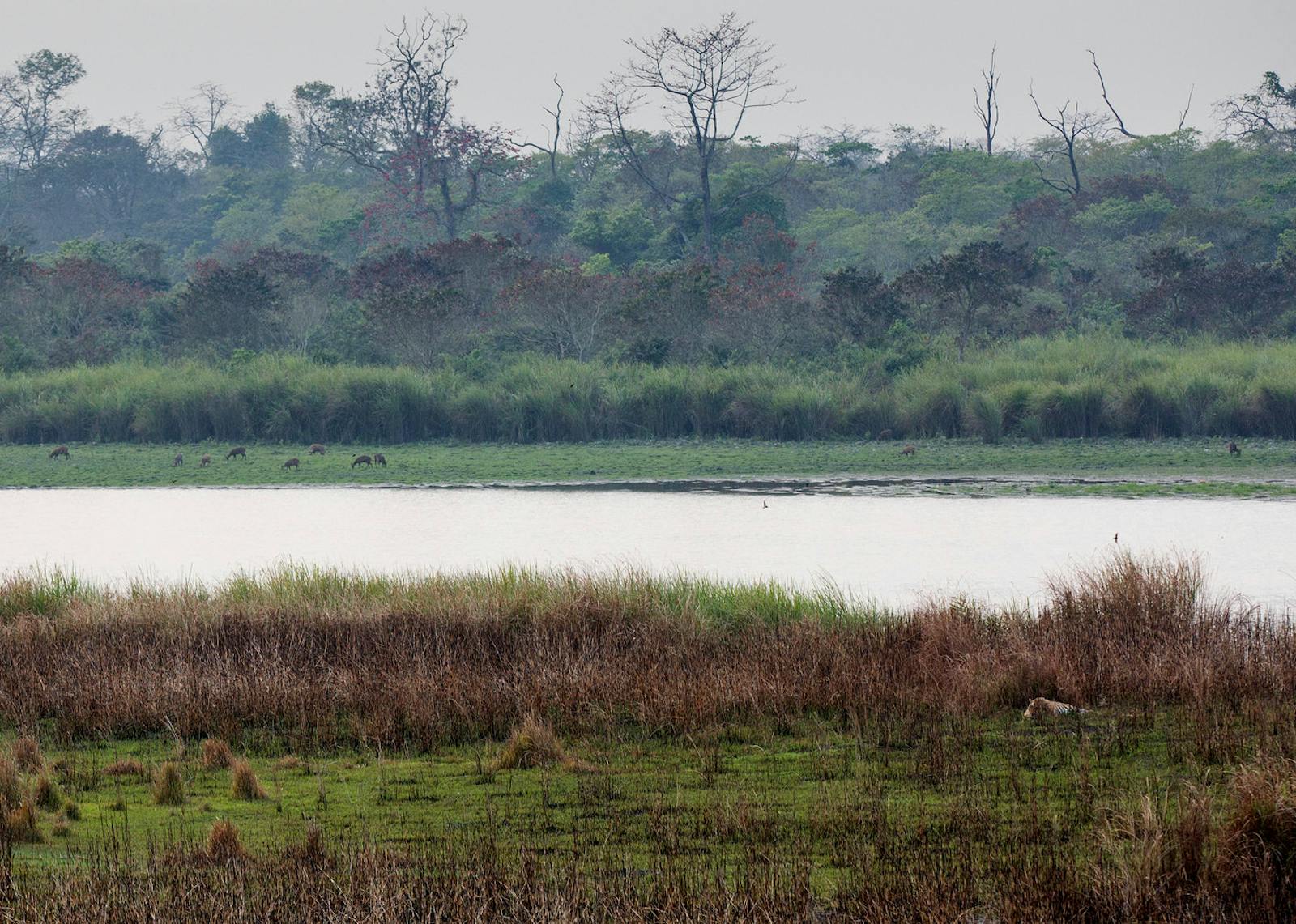Brahmaputra Valley Semi-Evergreen Forests
The ecoregion’s land area is provided in units of 1,000 hectares. The conservation target is the Global Safety Net (GSN1) area for the given ecoregion. The protection level indicates the percentage of the GSN goal that is currently protected on a scale of 0-10. N/A means data is not available at this time.
Bioregion: North Indian Tropical Forests & Sundarbans (IM6)
Realm: Indomalaya
Ecoregion Size (1000 ha):
5,684
Ecoregion ID:
222
Conservation Target:
21%
Protection Level:
2
States: India, Bhutan
The Brahmaputra Valley Semi-Evergreen Forests ecoregion supports the world’s largest single population of greater one- horned rhinoceros—carefully guarded by the Indian State Government of Assam in Kaziranga National Park—and some of the largest populations of Asian elephants.

The flagship species of the Brahmaputra Valley Semi-Evergreen Forests ecoregion is the golden langur. Image credit: Creative Commons
The ecoregion represents the swath of semi-evergreen forests along the upper reaches of the sacred Brahmaputra River, which flows through the states of Assam and West Bengal in India before merging with the Ganges River south into to the Bay of Bengal. Fertile alluvial soils were washed down from the Himalayas and the Tibetan Plateau and deposited along the base of the Himalayan mountain range, making the ecoregion highly productive. Because of this, the region has been densely settled by people, its forests cleared, and the land extensively cultivated for thousands of years.
Most of the ecoregion lies within the eastern Indian state of Assam, but small areas extend into the southern lowlands of the small Himalayan Kingdom of Bhutan. This northeastern region represents the area where the northward-shifting Deccan Peninsula—what is now the Indian subcontinent—first collided with the Eurasian continent during the early Eocene period 40-50 million years ago.

Indian rhinoceros. Image credit: Lurey Rohit, Creative Commons
The ecoregion is therefore a gateway for species exchanges between the Indian subcontinent and Eurasia. However, the wide Brahmaputra River also remained a biogeographic barrier for several species, preventing wide dispersal. For instance, golden langur, hispid hare, and pygmy hog are limited to the northern bank of the river, unable to cross to the other side.

Clouded leopard. Image credit: Frank Wouters, Creative Commons
From June to September, the southwest monsoon is funneled along the Gangetic River plains, deluging the ecoregion with 1,500–3,000 mm of rainfall, causing the river to flood and enriching the floodplain. While the monsoon season is hot and humid, the winter is cold and dry. The ecoregion’s vegetation, adapted to these environmental and climatic variations, is broadly classified as semi-evergreen forest. Most of the primary forests have been converted to grasslands by centuries of clear burning and other human activities, and only small patches of forests remain, scattered along the Indo-Bhutan border.
The known mammal fauna consists of 122 species. Several of them are highly threatened, notably the tiger, Asian elephant, greater one-horned rhinoceros, swamp deer, gaur, and clouded leopard. The bird fauna has a higher diversity 370 species. The Bengal florican is one of the most endangered species in the ecoregion, and under threat of local extinction due to habitat loss.

Barasingha. Image credit: Charles J Sharp, Creative Commons
The grasslands in Manas National Park may be the last refuge for the pygmy hog, the world’s smallest and rarest wild pig, which was once widespread across the base of the Himalayas, but now facing imminent extinction.
Nearly three-quarters of the habitat in this ecoregion has been cleared or degraded; centuries of human activities have taken a heavy toll on natural habitats and their biodiversity. Now, about 12 protected areas cover about 5% of the ecoregion. Manas, Dibru-Saikowa, Kaziranga, and Mehao are the larger, more important reserves.

Capped langur. Image credit: Dibyendu Ash, Creative Commons
The priority conservation actions for the next decade will be to: 1) maintain intact habitat linkages and restore where needed to allow migrations and dispersal of the several large species in the landscape; 2) implement translocation programs for rhinoceros and wild water buffalo to create viable founder populations within their historic ranges; and 3) improve protection programs for tigers, rhinoceros, and elephants that are under threat from poaching.
Citations
1. Baruah, S., Bhagabati, A.K. and Kalita, M.C., 2012. Biodiversity of Assam: Status strategy and action plan for conservation.
2. CEPF. 2005. Ecosystem Profile. Eastern Himalayas Region. Prepared by WWF-US, Asia Program and BirdLife International.
3. Wikramanayake, E, E. Dinerstein, et al. 2002. Terrestrial Ecoregions of the Indo-Pacific: A Conservation Assessment. Island Press.



